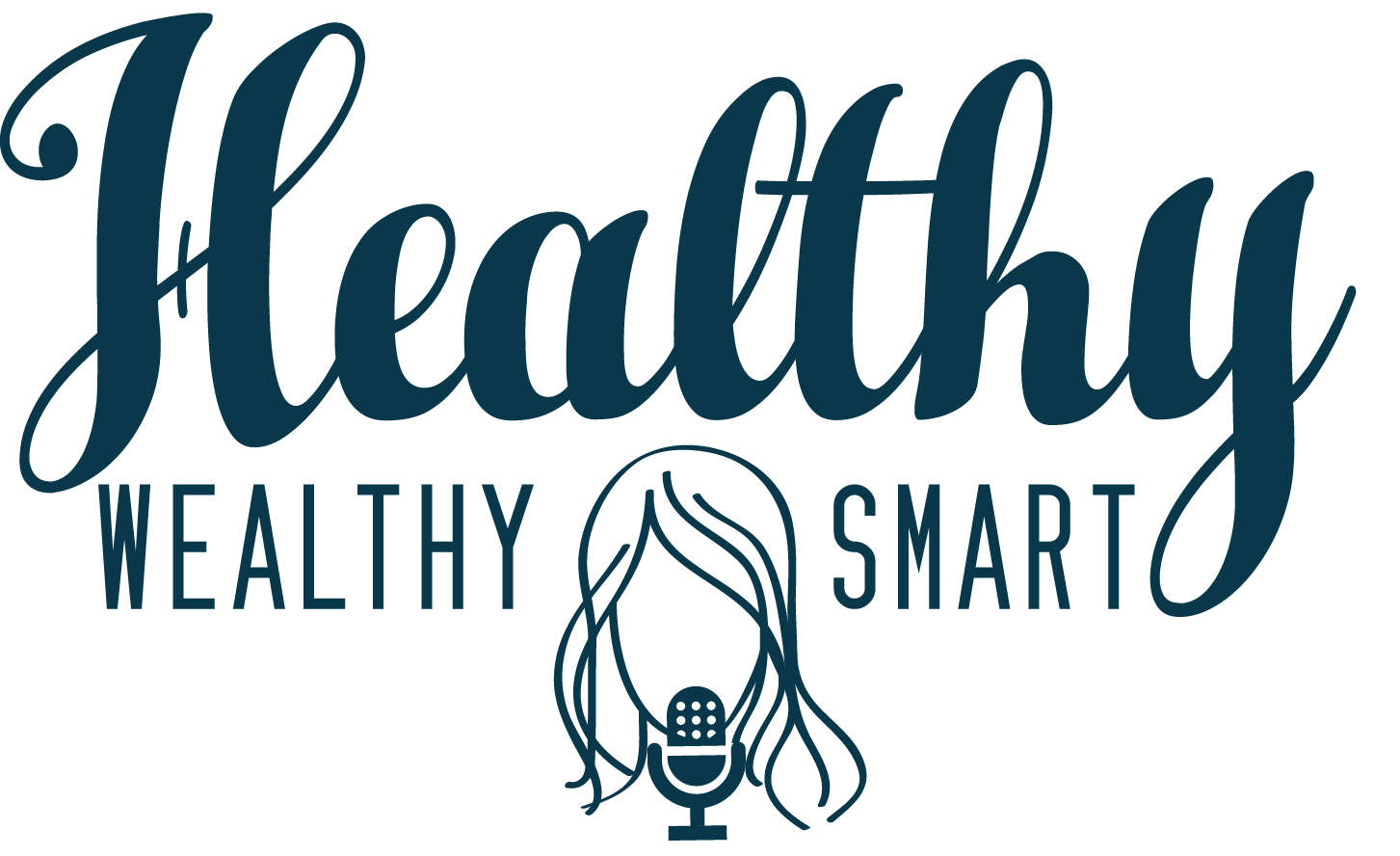Podcast: Play in new window | Download
On today’s episode of the Healthy Wealthy and Smart Podcast, Andrew Vigotsky joins me to answer audience questions and translate biomechanics literature to clinical practice. Andrew is currently a Master’s student in Biomedical Engineering at Northwestern University in Evanston, IL, concentrating on musculoskeletal biomechanics. His thesis work aims to elucidate the relationship between the shear-wave velocity of muscle, as measured using Supersonic Shear Imaging, and muscle stiffness in vivo.
In this episode, Andrew answers:
-What is your biggest surprise on engaging clinical practitioners with research evidence?
-How much do you feel biomechanics matter when looking at injury and pain development across various exercises?
-If you were building your own program to maximize muscle hypertrophy what parameters would you use?
-What can we draw from EMG studies and what conclusions are fair to make?
-And so many more!
The goal of biomechanics research is to ultimately translate results to the clinic and enhance how clinicians treat their patients. Andrew states, “It’s only after you find those answers that you really understand what your results mean and how your question can affect society.”
Despite the large amount of research done each year in university labs, very little reaches practioners. Andrew notes, “There is a time lag from research to practice in the medical field of about 17 years.” Andrew believes clinicians can improve this transmission rate through a greater focus on science literacy and improved dissemination of new findings.
Best evidence based practice encompasses all elements of a biopsychosocial framework. Andrew believes, “Biomechanics still matters… It’s just in what context does it matter. From the people that are purely biomechanical, the neurophysiological and the pain science stuff matters a lot and we can’t ignore that.”
For more information on Andrew:
 Andrew is currently a Master’s student in Biomedical Engineering at Northwestern University in Evanston, IL, where he is concentrating on musculoskeletal biomechanics. His thesis work aims to elucidate the relationship between the shear-wave velocity of muscle, as measured using Supersonic Shear Imaging, and muscle stiffness in vivo. He is completing this work in two different labs: the Neuromuscular Biomechanics Laboratory and the Neurobionics Lab, under Drs. Sabrina Lee and Elliott Rouse, respectively.
Andrew is currently a Master’s student in Biomedical Engineering at Northwestern University in Evanston, IL, where he is concentrating on musculoskeletal biomechanics. His thesis work aims to elucidate the relationship between the shear-wave velocity of muscle, as measured using Supersonic Shear Imaging, and muscle stiffness in vivo. He is completing this work in two different labs: the Neuromuscular Biomechanics Laboratory and the Neurobionics Lab, under Drs. Sabrina Lee and Elliott Rouse, respectively.
Before attending Northwestern, Andrew graduated with a BS in Kinesiology from Arizona State University (ASU). It was during those undergraduate studies that he started getting involved in research; Erin Feser supervised him in ASU’s Motion Analysis Laboratory, where he carried out two data collections that resulted in three publications. The studies investigated the effects of load on good morning kinematics and EMG amplitude, the acute effects of anterior thigh foam rolling, and the validity of the modified Thomas test. In addition to Erin’s mentorship, I also grew close to Dr. Rick Hinrichs, who taught me a lot about biomechanics both inside and outside of the classroom.
While at ASU, Andrew was also able to secure an internship under Dr. Bret Contreras while he was completing research for his Ph.D. Bret has had a profound impact on how he thinks about movement and sports science. Together, they have published over a dozen papers related to strength, muscle hypertrophy, and physical performance, and have much more in the pipeline. Moreover, he has introduced Andrew to other great minds and researchers, such as Chris Beardsley and Dr. Brad Schoenfeld.
After graduating from ASU, Andrew completed pre-requisites for graduate school (i.e., math, physics, and engineering courses) at a local community college while splitting time between two laboratories: the Leon Root, MD Motion Analysis Laboratory, at the Hospital for Special Surgery (HSS), and the Human Performance Laboratory, at CUNY Lehman. At HSS, he worked under Dr. Andrew Kraszewski to develop a 3D-mesh model of the gluteus maximus. At CUNY Lehman, he worked under Dr. Brad Schoenfeld to train participants and collect data for a training study, and also designed and carried out a cross-sectional study that investigated the determinants of squat strength, which is currently in peer-review.
If you are interested in learning more about what Andrew has done or reading works that he has published, you can check out it out at ResearchGate, Google Scholar, PubMed, or my CV.
Resources discussed on this show:
Thanks for listening and subscribing to the podcast! Make sure to connect with me on twitter, instagram and facebook to stay updated on all of the latest! Show your support for the show by leaving a rating and review on iTunes!
Have a great week and stay Healthy Wealthy and Smart!
Xo Karen
P.S. Do you want to be a stand out podcast guest? Make sure to grab the tools from the FREE eBook on the home page! Check out my blog post on the Top 10 Podcast Episodes of 2016!

